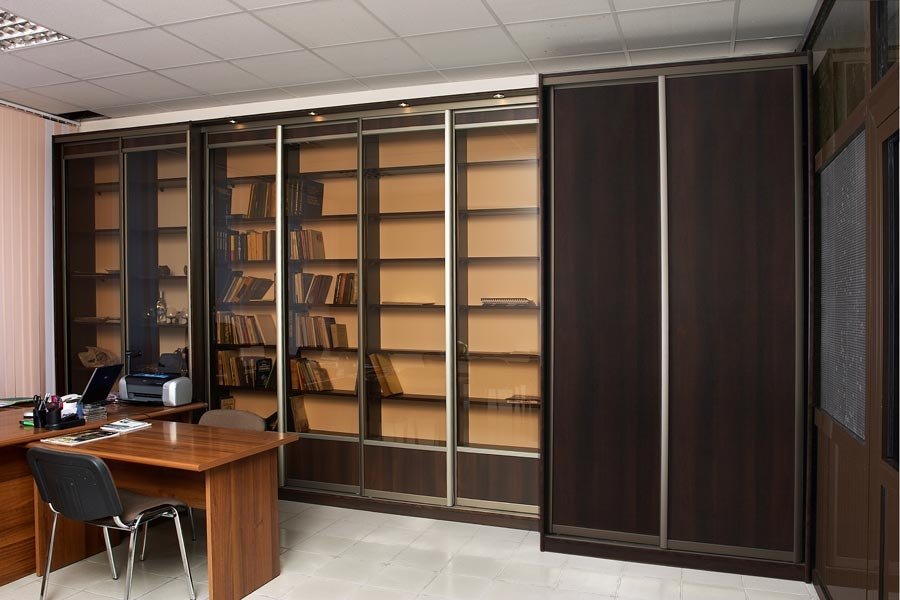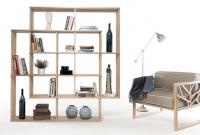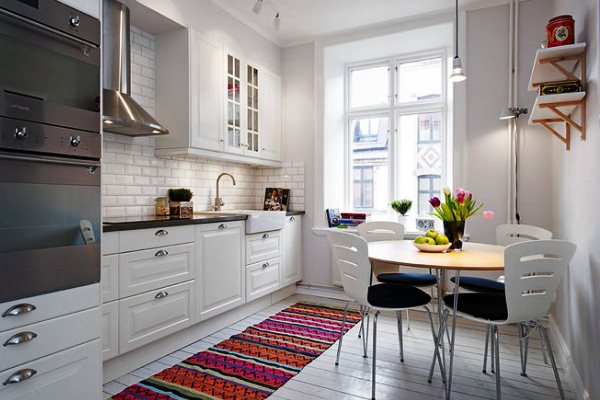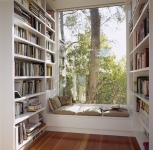Choosing a table for the kitchen. Interior Designer Tips
 Choosing a table for the kitchen is not as straightforward as it initially seems. Its functions can vary depending on whether there is a dining room in the house / apartment, what is the size of the dining room itself, how large is the working surface of the kitchen unit. It is advisable to consider two diverse options that dictate our realities:
Choosing a table for the kitchen is not as straightforward as it initially seems. Its functions can vary depending on whether there is a dining room in the house / apartment, what is the size of the dining room itself, how large is the working surface of the kitchen unit. It is advisable to consider two diverse options that dictate our realities:
apartments in high-rise buildings of old construction with rooms of minimal size and a kitchen of 2.5 – 3 square meters, where a living room is used for receiving guests;
modern houses / apartments with large-scale kitchen, often combined with a dining room. Due to the sufficient working area, the kitchen table here is used exclusively as a dining table.
Table for tiny kitchen
In this situation, the fundamental point when choosing furniture for the kitchen is its size. The functional characteristics of the kitchen, as well as the table, their performance data fade into the background compared with the dimensions.
Therefore, more recently, the requirements for the material of manufacture of the table and its design were minimal. But recently, kitchen tables, cabinets and transforming tables, which are ideally suited for small rooms, have appeared on the market. Regardless of the structural solution, they have an additional tabletop.
These can be either folding models or those in which the “spare” tabletop rolls out or rises.
Here it is important both its construction and the quality of the material from which it is made. The problem in this case is one – its weighty value (in comparison with the price of the budget kitchen table, it is palpable).
Regarding the classic kitchen table located in a small kitchen, the requirements for its characteristics are dictated by the versatility of its use: it serves as a work surface for cooking, and directly as a dining table.
Therefore, the main requirement (except for suitable dimensions) is its strength and tabletop resistance to mechanical stress, thermal and chemical effects. It is highly desirable to have no sharp corners, as in a small room it is easy to get hurt.
What material is better for the countertop dining table?
Plastic. The table top is inert to food and moisture, but is exposed to abrasive cleaners and high temperature.
Wood. Solid woods are sufficiently resistant to mechanical and thermal effects. However, over time, the wood cracks, and dirt accumulates in its crevices.
Metal. The most resistant tabletop with virtually unlimited service life. Organically perceived only in the kitchen, decorated in the style of hi-tech. The disadvantage is the high cost.
Glass. Visually, a very good option for a small room. However, the operational glass table has many limitations, a little acceptable for the kitchen table; Point blows and temperature drops are not allowed.
Laminated chipboard. It has high technical and operational characteristics, is quite affordable and varied in color and texture.
These characteristics are universal and do not affect the choice of the table in terms of the scale of the kitchen.
Table for large kitchen
Since there are no restrictions regarding the dimensions of the table in this case, the main criterion is the quality of its manufacture and compliance with the overall design concept. An important point is also the maximum number of people who will be comfortable sitting behind him. The most reasonable choice is based on the number of family members + 2-3 people. It must be remembered that the comfort zone at the dinner table of one person is about 70 cm.
Large-scale kitchen-dining room is reasonably divided into working and dining areas, which differ not only in terms of their functionality, but also with respect to design. For the kitchen-dining room zoning is most acceptable with the help of:
split ceiling;
various floor coverings. If in the dining area, let’s say laminate or parquet, then in the working room it is more practical to put linoleum or tile;
light script. Different zones are illuminated with different light sources. If in the dining area they additionally play a decorative role, then in the work area it is extremely pragmatic;
different color solutions.
The central attribute of the dining area is the table. In this context, it can serve as a bright accent around which the whole design concept will be built. Therefore, the aesthetic characteristics of the dining table for a large kitchen is extremely important. Its shape and material of manufacture determines the overall orientation of the interior of the premises. Depending on the idea, it can be conceptually one with the entire kitchen set in the working area or it can be emphasized dissonant with it. Square or rectangular tables fit logically into the classic interior.
Round and oval kitchen tables provide an opportunity to more fantasize about the style decision of the dining area.




